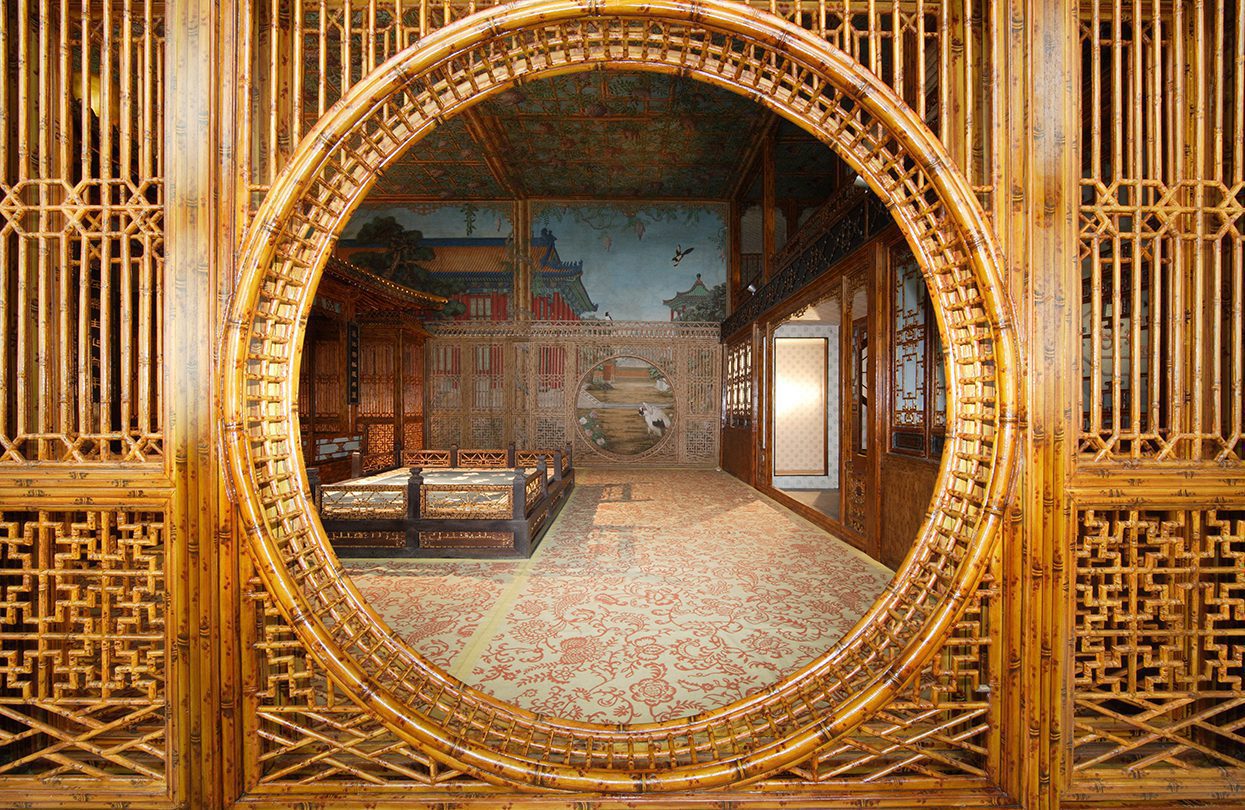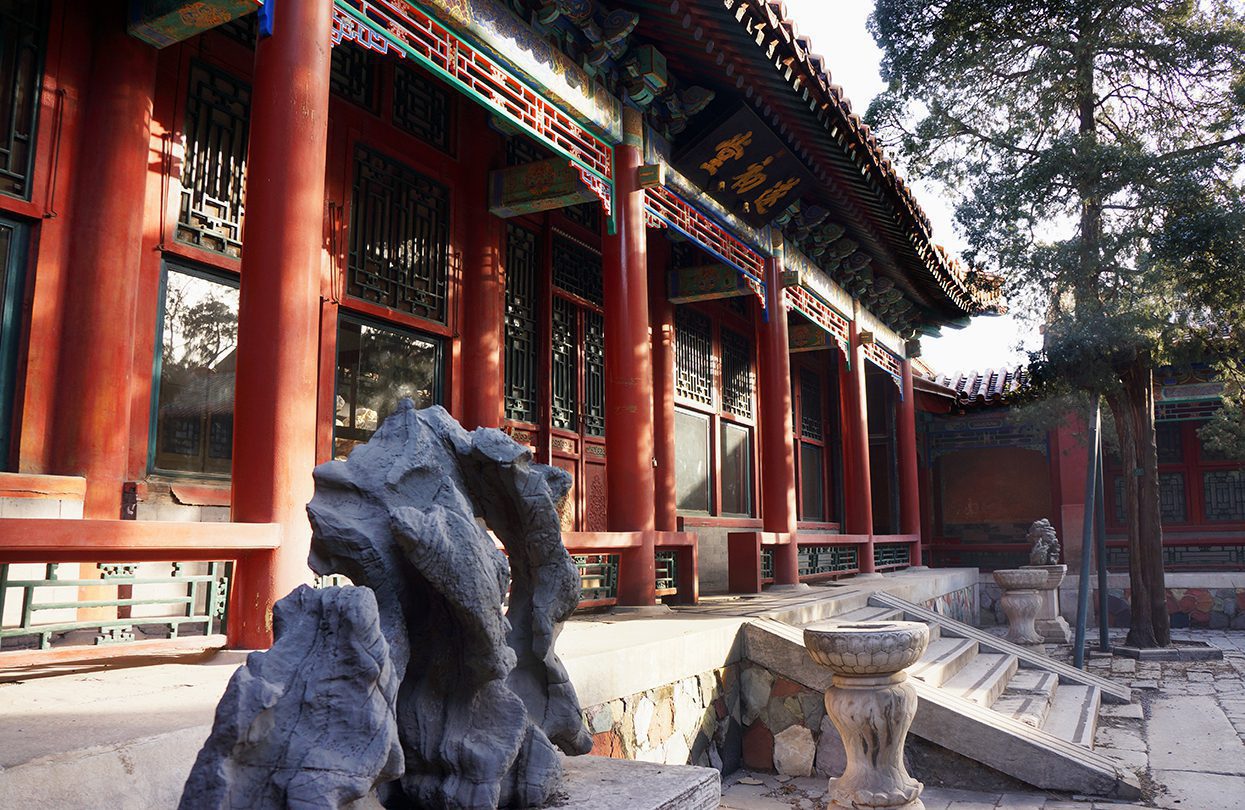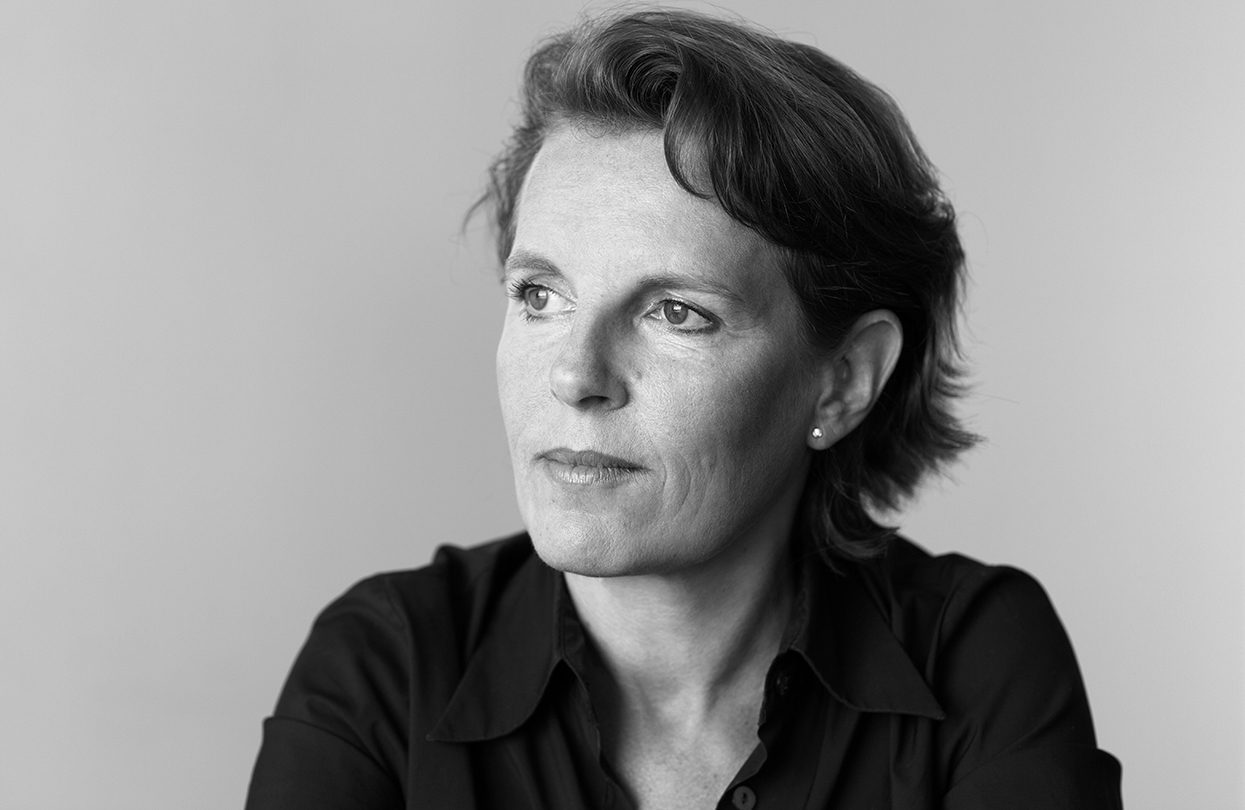China’s storied Forbidden City in Beijing is as beautiful as it is elusive. The City served as the former Imperial Palace through numerous dynasties, housing over several dozen compounds of varying sizes, including almost 10,000 individual rooms, each of them more lavish than the last.
Yet, there remain several areas within the Forbidden City that are closed off from the public. The elusive Qianlong Palace, due to complete its full restoration works in 2020, has just unveiled its upcoming Visitor’s Center, giving visitors a glimpse into the incredible splendour within.

The Juanqinzhai Moon Gate after conservation
Located in the Inner Court of the Forbidden City – where the Emperor and his immediate family lived and worked – the Qianlong Palace garnered a reputation for possessing some of the most elegant spaces in the entire palace, and was even touted by some scholars as the pinnacle of Chinese interior design.
Architect Annabelle Selldorf – whose 70-person design firm, Selldorf Architects, conceptualised projects such as the NeueGalerie New York – is one of the few American architects who have been invited to lead architectural projects in the Forbidden Palace.

The upcoming Visitor’s Centre will provide space for education, enrichment and contemplation

Architect Annabelle Selldorf is one of the few Americans invited to lead a project in the Forbidden City
The upcoming visitor’s centre will be opened alongside the restored Palace in 2020, and will provide guests with large, airy spaces to contemplate the peaceful gardens, as well as interactive exhibits for education and enrichment.
The Palace was built by the fourth emperor of the Qing Dynasty between 1771 and 1776, who planned to use it as a retirement complex following his 60-year reign. Lined with pavilions and peaceful gardens, the four elaborate courtyards and countless rooms are a testament to one of the most extravagant periods of interior design in Chinese history. ◼
Subscribe to the latest edition now by clicking here.
© This article was first published online in Feb 2019 – World Travel Magazine.

